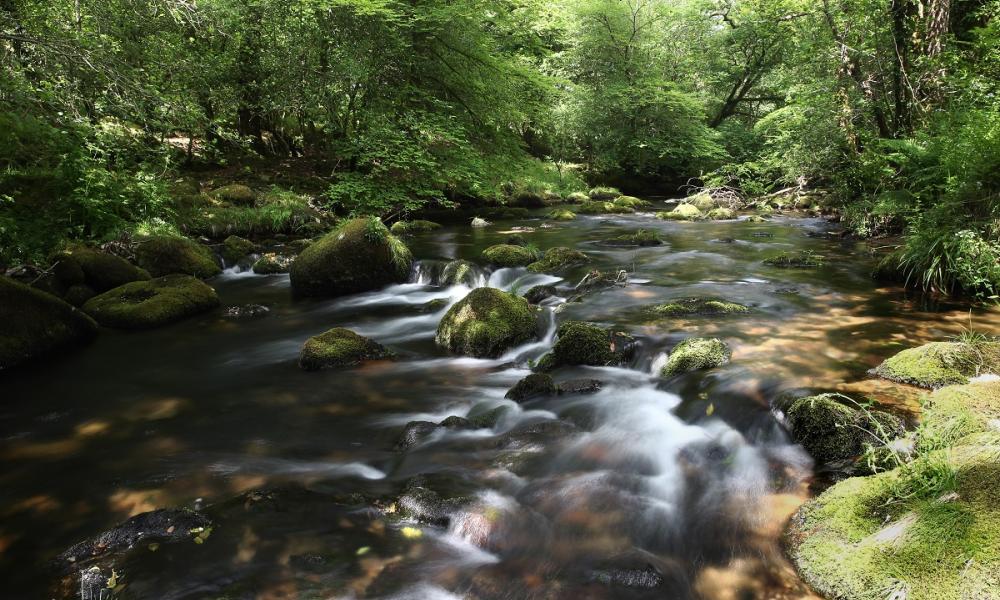
Why UK rivers are so important
Why UK rivers are so important
Our rivers are arguably our most important natural features. Not only do they help make the British landscape so picturesque and vibrant, they’ve been crucial for the growth of our towns and cities, providing fresh water for drinking and farming, and for our business and transport over centuries.
Some of our most beautiful rivers are ‘chalk streams’. Their pure, clear, constant water from underground chalk aquifers and springs, flowing across flinty gravel beds, make them perfect sources of clean water – and ideal for lots of wild creatures to breed and thrive. We’re lucky because the majority of the world’s chalk streams are found in England.
But far too many of our waterways have been overused and undervalued. Drained almost dry in places, and polluted in others. Less than a fifth of England’s rivers are healthy, and climate change is putting more pressure on them. Our rivers need help.
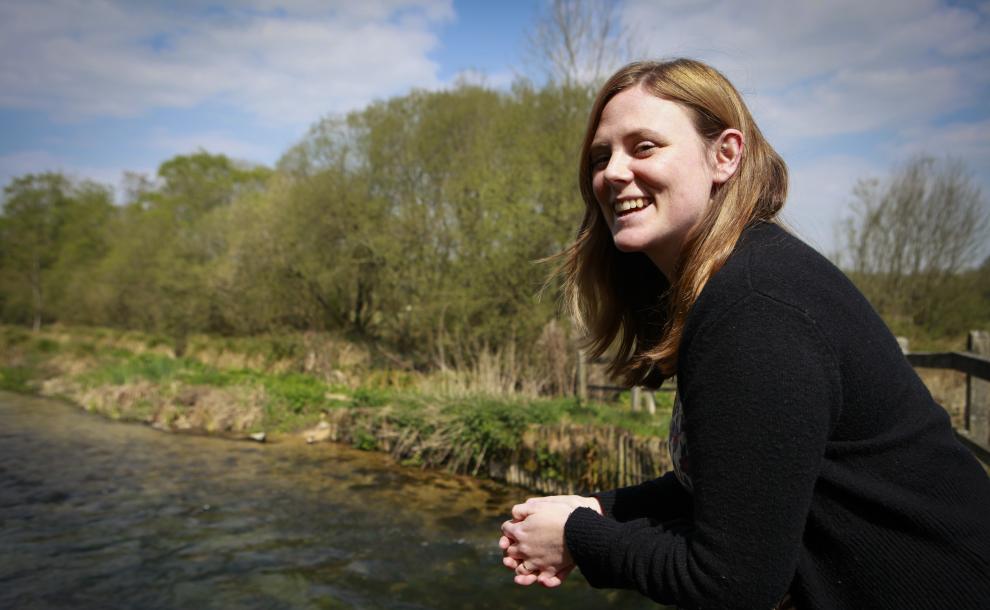
"There’s something about sitting beside a river and watching it flow by – mesmerising and relaxing. I’m lucky enough to work to protect some of the world’s rarest and beautiful rivers right here – England’s chalk streams. The cool, clear spring water which flows in these rivers provides a perfect haven for wildlife. But it’s also the source of cheap water for our homes and businesses putting these special rivers and species they support at risk."
Water policy manager
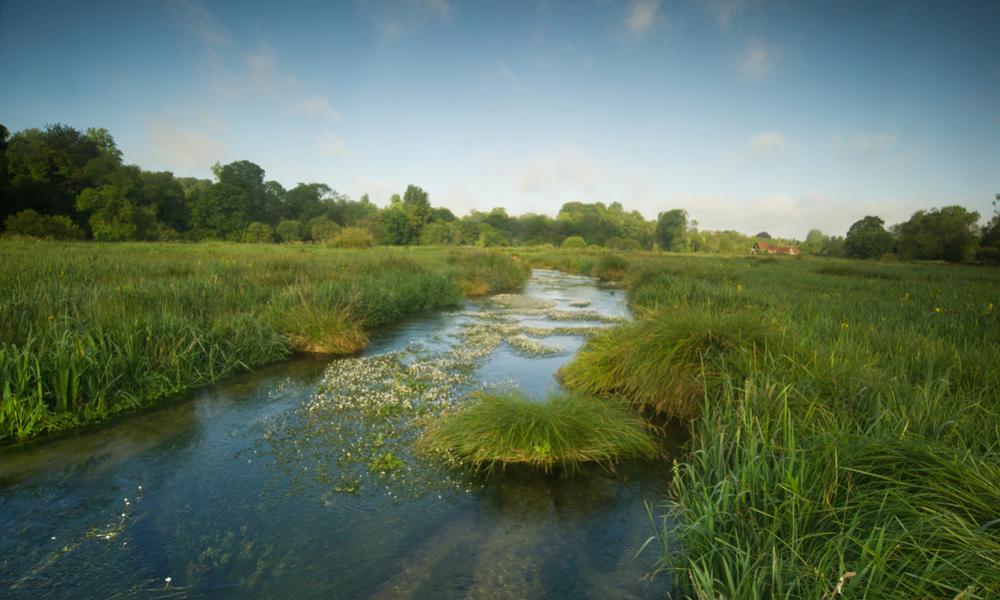
About UK rivers and chalk streams
About UK rivers and chalk streams
Our rivers not only help make the British landscape so picturesque and vibrant, they’re also a vital source of fresh water for people, industry, farming and wildlife.
Our chalk streams are unique – there are only about 200 chalk streams in the world, and most of them are in the southern half of England (with a few in France). Which makes them all the more special.
But a combination of population growth and a spiralling increase in water use have put huge pressure on our rivers and streams. And research shows that a third of the water we take from rivers is wasted.
We can turn this around – we know that our rivers can keep providing water for people and nature if we look after them properly. Help us keep our rivers healthy!
Watery wonders or ruined rivers? The State of England’s Chalk Streams report provides a health check for our chalk streams and reveals that over three quarters of them are not in good health.
From 2014 to 2017 we led the exciting WaterLIFE project with The Rivers Trust and Westcountry Rivers Trust to improve the health of our rivers. We produced a wealth of guidance, reports, findings, films, case studies and learnings. To communicate and disseminate these materials, we have built WaterLIFE legacy pages into the website of the Catchment Based Approach. A narrative guides users to almost 40 downloadable resources across three themed areas: engaging local communities in river health; engaging business in the water environment; and infuencing decision-makers and legislation. Access these resources here.

Water-friendly farming in East Anglia
In 2012, we worked with Coca-Cola on the River Nar in Norfolk. The Nar was being affected by over-abstraction and pollution from local farms. Through our work with Coca-Cola and Norfolk Rivers Trust, we worked with farmers to put in place measures to reduce pollution, such as ploughing at different times and installing buffer strips. In 2015, we expanded that work. Our efforts have focused on two river catchments in East Anglia - the Cam & Ely Ouse and Broadland Rivers. Here, agricultural pollution is one of the main reasons for chalk streams failing to meet the required health standards. We’ve been providing support to farmers and land managers in the region to help reduce the impact of this pollution, enhance soil quality and improve water efficiency. Water sensitive farming is essential if we want healthy rivers in future. We want to work with 100 farmers to share the lessons we’ve learned, and help them implement water sensitive farming. Within three years we’re aiming to have reached at least 2,000 farmers across the country, and engaged with communities and businesses to promote better water stewardship.
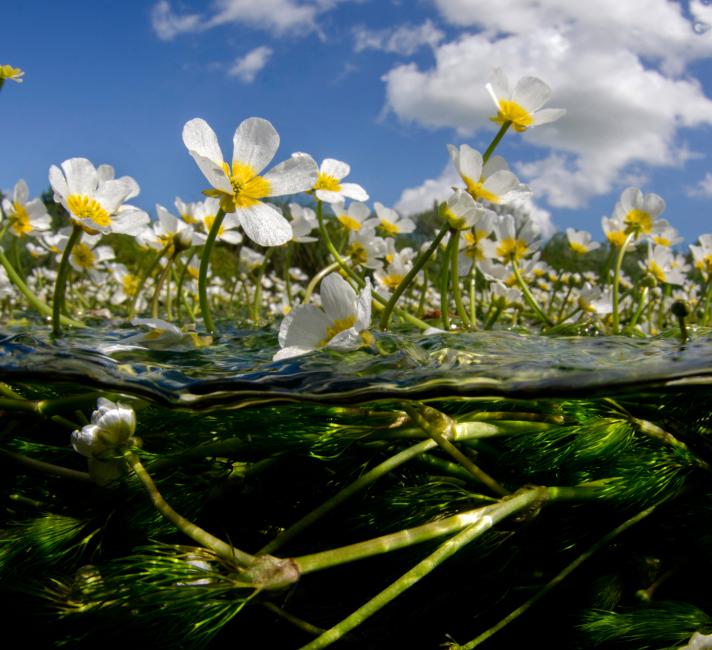
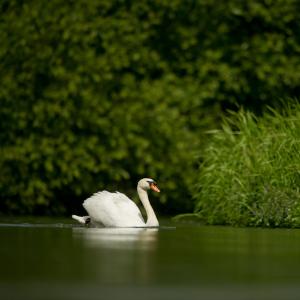
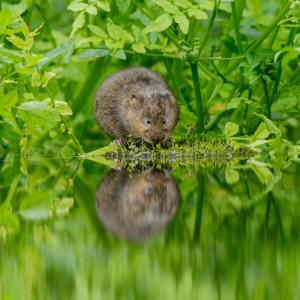
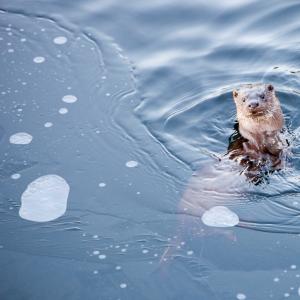
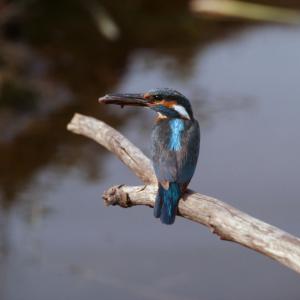
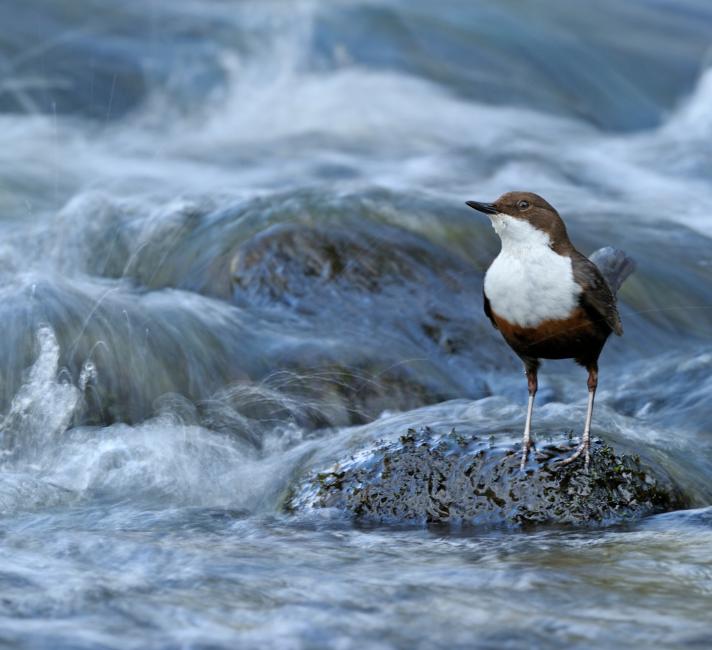
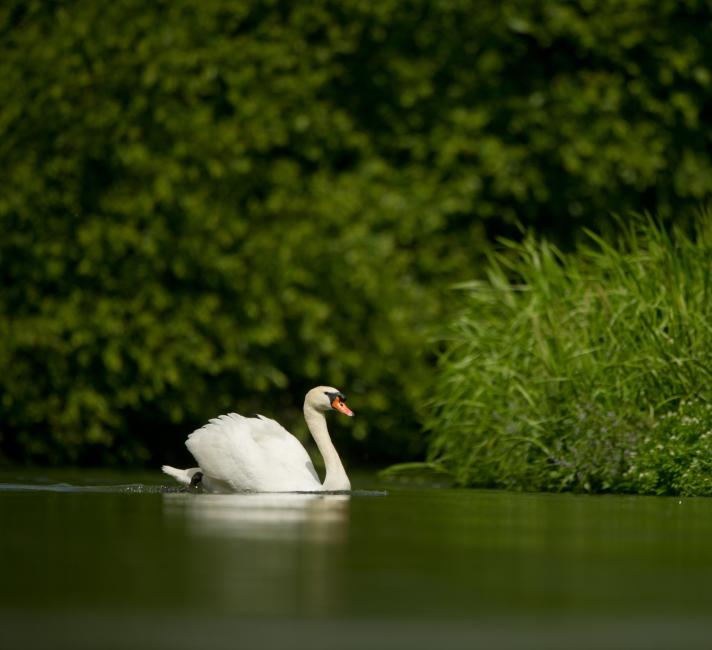
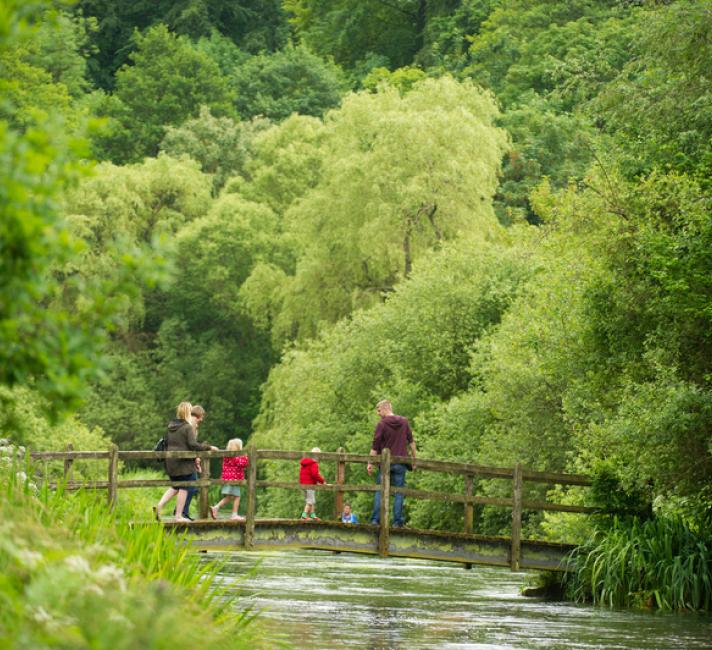
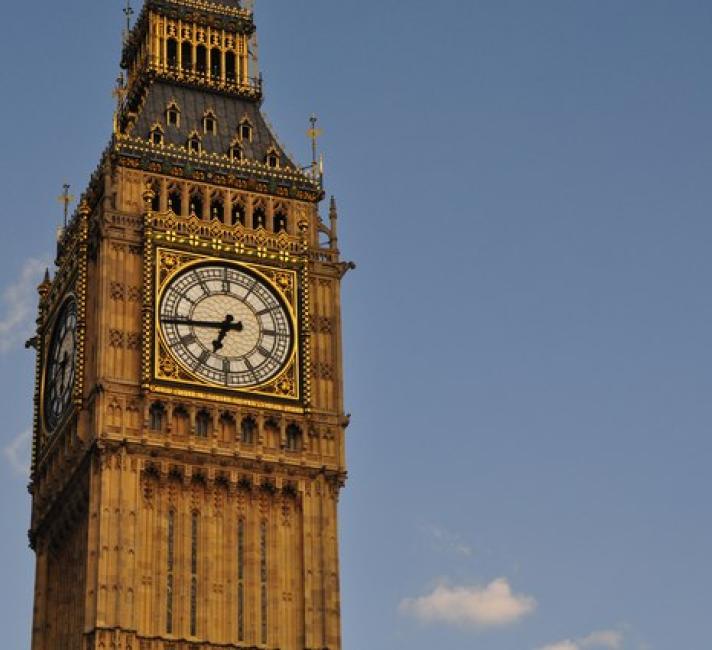
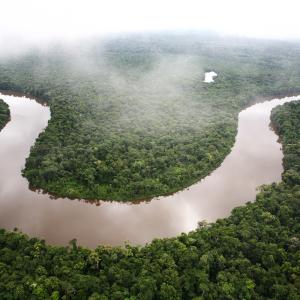


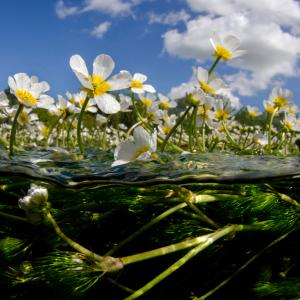
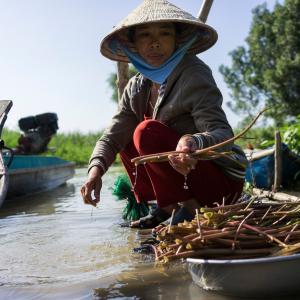
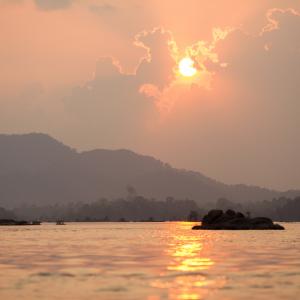
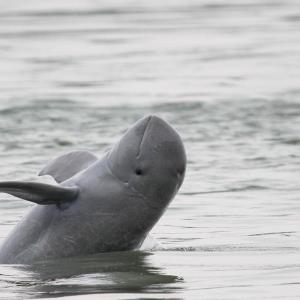
 Why UK seas and coasts are important
Why UK seas and coasts are important